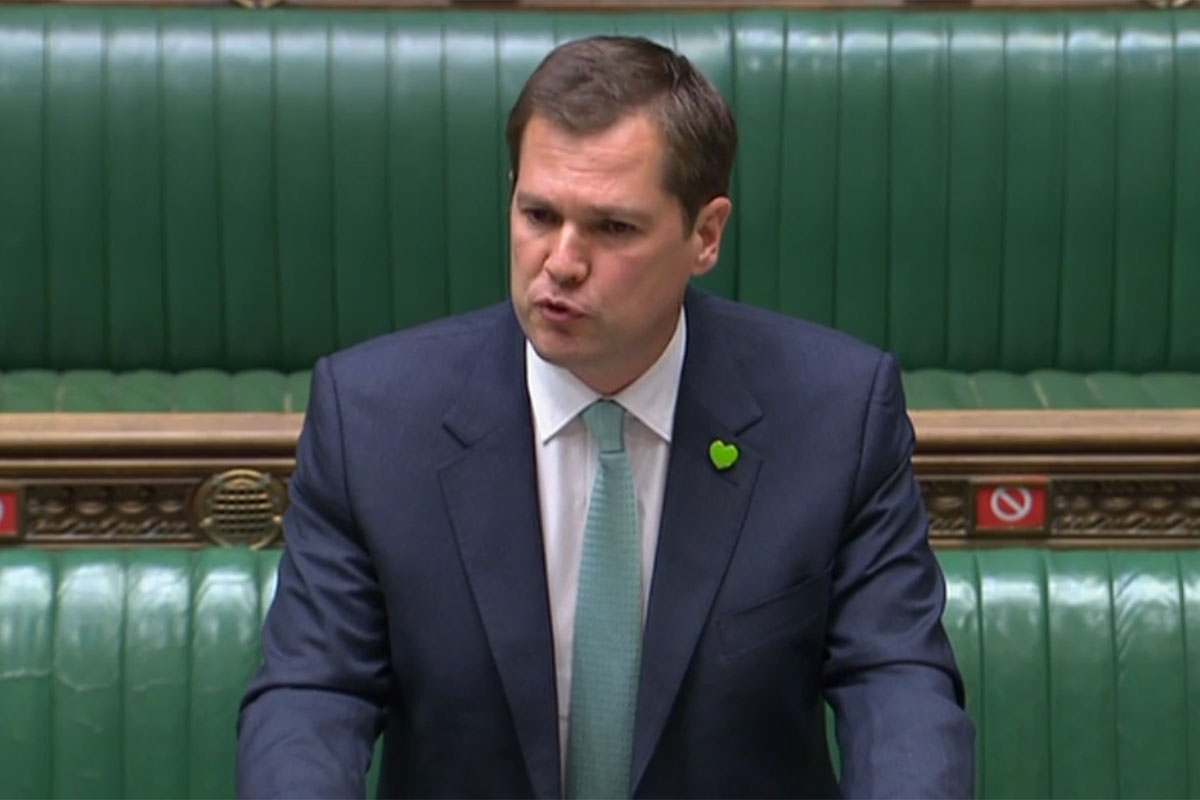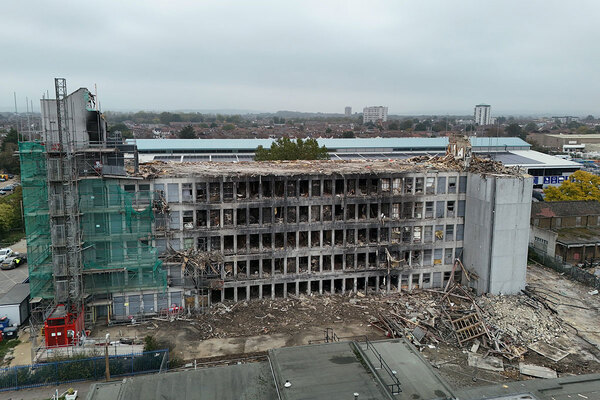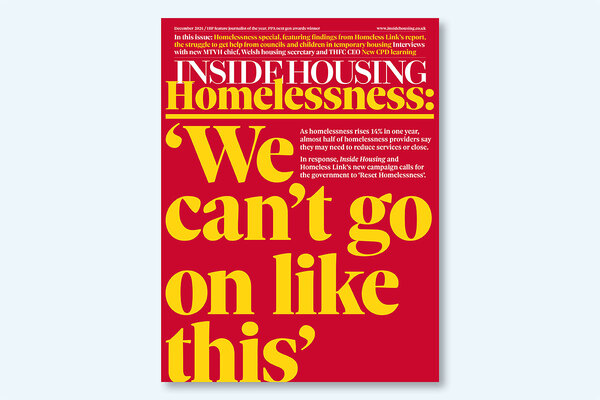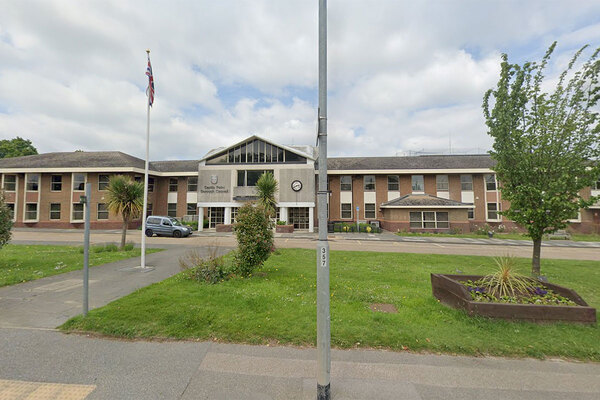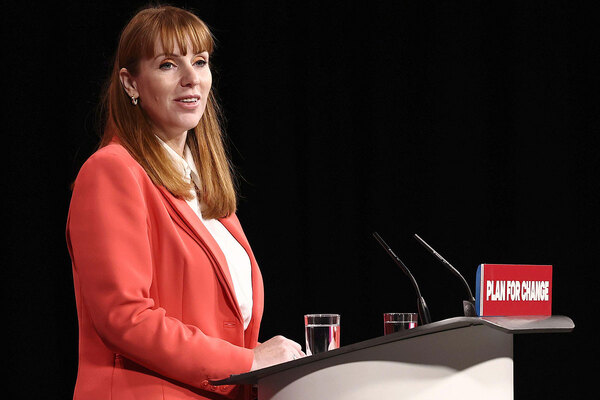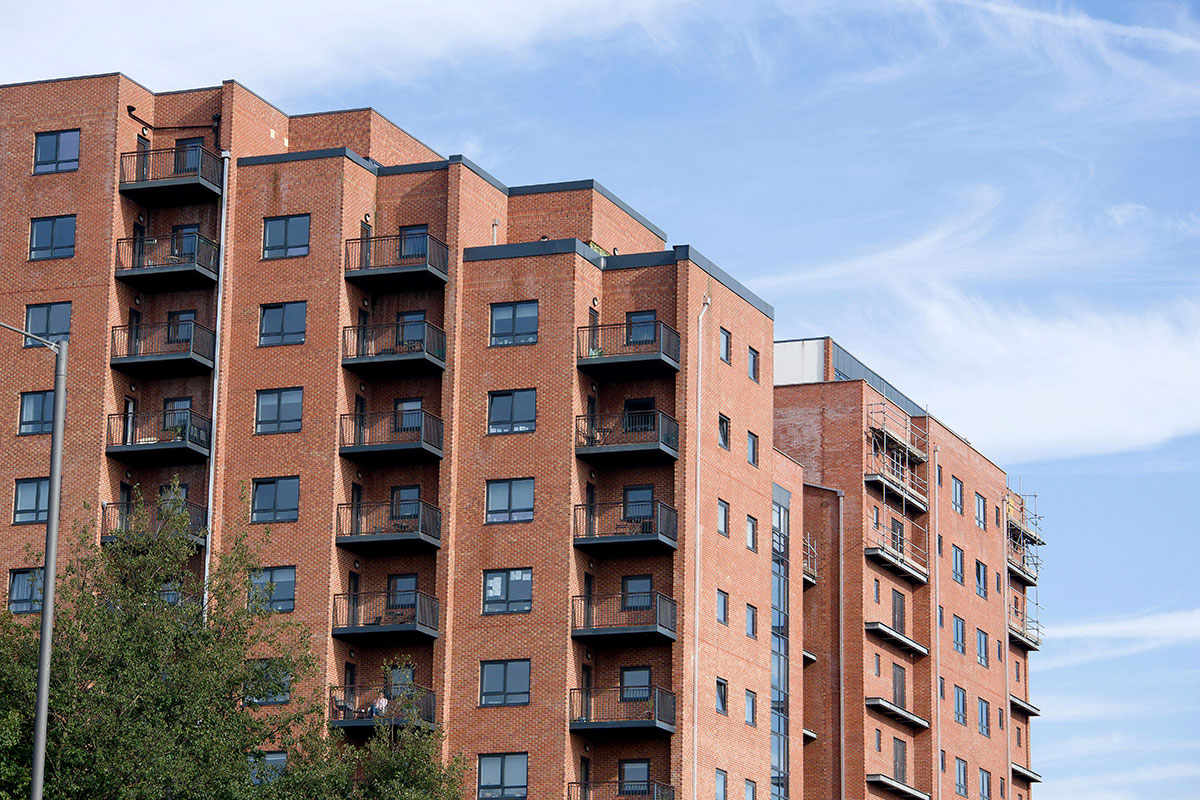You are viewing 1 of your 1 free articles

Jules Birch is an award-winning blogger who writes exclusive articles for Inside Housing
Jenrick’s latest attempt to end the cladding crisis raises more questions than it answers
Many will hope the attempt to limit facade surveys on medium-rise buildings will be a success, but there are large question marks over the housing secretary’s attempt to persuade lenders to stop requesting External Wall System 1 (EWS1) forms, writes Jules Birch
While everyone will be hoping that Robert Jenrick has finally found a way through some of the worst aspects of the fire safety crisis, it’s hard not to be a bit sceptical. The housing secretary recently issued a dramatic written statement just as MPs were preparing for the second reading debate on the Building Safety Bill.
An accompanying press release from the Ministry of Housing, Communities and Local Government (MHCLG) said: “Leaseholders in blocks of flats with cladding should be supported to buy, sell or re-mortgage their homes after the government agreed with major lenders to pave the way to ending the need for EWS1 forms. It comes following expert advice that the forms should no longer be needed on buildings below 18 metres.”
However, that use of “should” is telling because the announcement will achieve nothing if mortgage valuers and lenders do not accept it and if potential buyers are not convinced the flats are risk-free.
The banks quoted as supporting the agreement have only promised to review their practices so far.
Previous attempts to reform the EWS1 process have failed and – even though the small print of this announcement contains the potentially significant addition of a government-backed indemnity insurance scheme for external wall system assessors – this one has already hit a significant obstacle as the Royal Institution of Chartered Surveyors (RICS) said it cannot change its advice to valuers until the government changes its own fire safety advice (according to reports in The Financial Times).
Even if we assume that this is a chicken and egg problem that can be resolved, there are still grounds for scepticism about Mr Jenrick’s attempt to close Pandora’s Box.
First up is the suspicion that this was driven by the politics of the bill and attempts by Conservative backbenchers and the opposition to force the government to live up to its repeated promises that leaseholders should not have to pay for problems that are not their fault.
MPs had not seen the statement when they started the debate, giving them little chance to scrutinise the detail. In a rationale accepted by the deputy speaker, Mr Jenrick said the timing was down to it being a market-sensitive announcement.
The share price of some of the leading house builders did indeed move upwards shortly afterwards, although it is hard to disentangle the impact of this from a more general sense that economic recovery was influencing the market.
But if the written statement was so market-sensitive, why was it not published the day before? Why did Mr Jenrick disclose its contents when he opened the debate in the Commons more than an hour before the stock market closed that day?
Next, why the change in the expert advice? The panel that produced last week’s independent expert statement included two of the same experts whose advice led to the consolidated advice note in January 2020 and the whole EWS1 issue. The evidence they quoted of declining fatalities in residential fires was available then too, so what has changed?
They argued that “an overreaction and excessive risk aversion in some parts of the market” has led to “interventions that create excessive financial burdens disproportionate to the level of risk”. This may well be correct, but a quick look at the advice they gave for the consolidated advice note provides grounds for caution. Running right through it is a concern that different types of combustible cladding, filler and insulation present “a notable fire hazard on residential buildings over 18 metres ‘or buildings at any height’ with residents who need significant assistance to evacuate” (my emphasis).
Not much has changed since on that, apart from a debate within the government about implementing the Grenfell Inquiry’s recommendation on personal emergency evacuation plans (PEEPS). Has the panel changed its mind about that ‘notable fire hazard’ and, if it hasn’t, how many building owners know how many of their residents may need assistance to evacuate?
The new advice runs to just 19 paragraphs. Perhaps this is just a summary of a longer document, but it is odd that the experts do not discuss major fires that have occurred in several mid-rise buildings since Grenfell. While there were no fatalities, Richmond House in Worcester Park was completely destroyed as defective cavity barriers allowed the fire to spread behind non-combustible cladding, a fire fuelled by combustible materials at Samuel Garside House in Barking posed “a significant risk to life”, and only swift evacuation saved lives at The Cube in Bolton.
The written statement is at least consistent with the otherwise anomalous decision by the government to allow the continued use of combustible materials on the external walls of blocks below 18 metres. The argument is that the risks can be managed and mitigated by other means, such as sprinklers and smoke and fire detectors and alarms, and that “the overwhelming majority” of buildings below 18 metres should not need remediation.
But how do we know the difference between buildings with acceptable risks and buildings whose faulty construction leaves them at risk of a devastating fire? And how do valuers, mortgage lenders and potential buyers know the difference without testing and certification?
After all, we’ve heard enough from the Grenfell Tower Inquiry about product manufacturers manipulating test results, contractors taking shortcuts and making potentially dangerous errors, and consultants leaving project oversight to each other to take nothing for granted. Then there is the sanguine picture of fire safety presented in the expert report. Research by Dr Stuart Hodkinson and Andy Turner from the University of Leeds and independent high-rise safety consultant Phil Murphy presents a different view.
While the number of fires has fallen, they found evidence of increased risks in mid-rise flats between 11 metres and 18 metres. While the number of fire-related deaths in purpose-built flats may appear low compared with houses, once you adjust for the proportion of the population living in them, people in flats are more than twice as likely to die in a fire.
What about mid-rise blocks where problems have already been found? Will they simply be forgotten about? Will leaseholders in be reimbursed for what they have already paid for remediation, insurance and waking watches? Even if they can re-mortgage, will they be able to sell or will potential buyers still steer clear?
Will social landlords be reimbursed for what they have spent, or will the tab effectively be picked up by tenants waiting longer for improvements and people in housing need waiting longer for a home?
What about the devolved nations? The Welsh government, for example, has still not received any consequentials from the £3.5bn announced for remediation of non-aluminium composite material cladding in England in February, but it is paying for fire safety surveys in all buildings taller than 11 metres.
All of these questions and many more remained unanswered as Westminster moved in to the summer recess.
All of which takes us back to the Building Safety Bill and the battles to come in the autumn over liability periods, making the polluter pay, refunding VAT, and all the other amendments to force the government to deliver on its repeated promises to protect leaseholders.
Jules Birch, columnist, Inside Housing
Sign up for our fire safety newsletter
Already have an account? Click here to manage your newsletters
